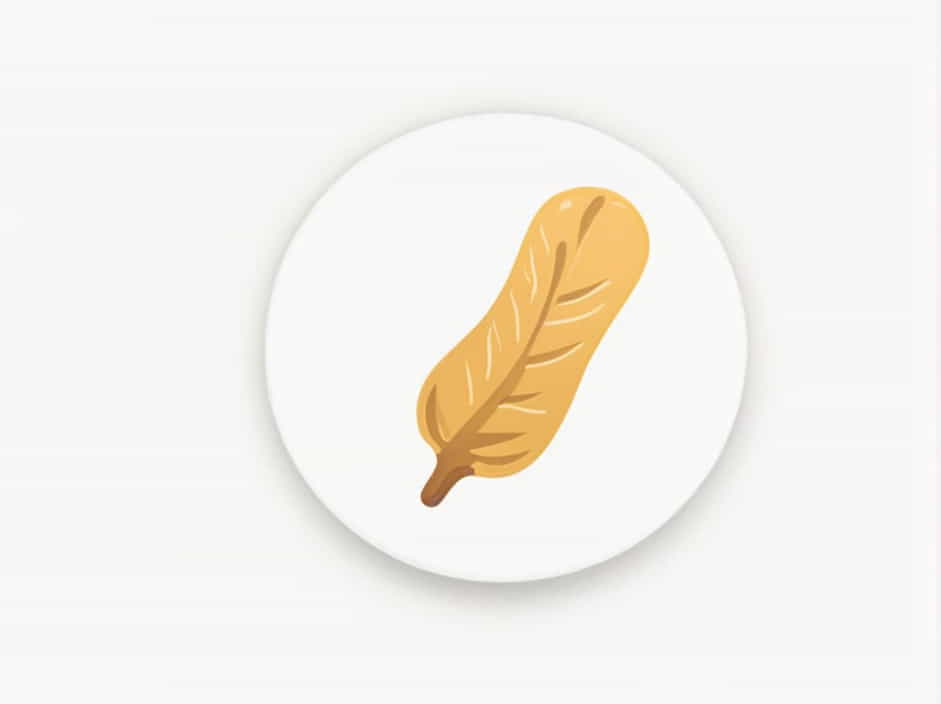The human body relies on various connective tissues to support movement and stability. Two important structures that connect muscles to bones or other tissues are tendons and aponeuroses. While both play crucial roles in the musculoskeletal system, they have distinct characteristics and functions. This topic will explain the differences between tendons and aponeuroses, their structures, functions, and examples in the human body.
What Is a Tendon?
Definition and Structure
A tendon is a strong, fibrous connective tissue that attaches muscles to bones. It is made of collagen fibers, which provide strength and flexibility. Tendons are dense and cord-like, allowing them to withstand tension and transmit the force generated by muscles to the bones, enabling movement.
Functions of Tendons
Tendons play a crucial role in the body’s movement and stability:
- Connect muscles to bones, allowing skeletal movement.
- Transmit force from the muscle contraction to the bone.
- Absorb and distribute mechanical stress to prevent injuries.
Examples of Tendons in the Human Body
Some well-known tendons include:
- Achilles Tendon – The largest tendon in the body, connecting the calf muscles to the heel bone.
- Patellar Tendon – Connects the kneecap to the shinbone, helping in leg extension.
- Rotator Cuff Tendons – Stabilize the shoulder joint and aid in arm movement.
What Is an Aponeurosis?
Definition and Structure
An aponeurosis is a broad, flat sheet of connective tissue that serves as a tendon-like structure. Unlike tendons, which are cord-like, aponeuroses are thin, wide, and sheet-like. They are also made of collagen fibers but spread over a large surface area.
Functions of Aponeuroses
Aponeuroses serve several important functions:
- Anchor muscles to bones or other muscles.
- Provide support and stability for muscles in areas that need broad attachment points.
- Distribute muscle forces over a larger surface, reducing strain on specific points.
Examples of Aponeuroses in the Human Body
Some key aponeuroses include:
- Palmar Aponeurosis – Supports the palm of the hand and assists in gripping.
- Abdominal Aponeurosis – Covers the abdominal muscles, providing strength and flexibility.
- Galea Aponeurotica – A tough layer covering the top of the skull, connecting the frontal and occipital muscles.
Key Differences Between Tendons and Aponeuroses
| Feature | Tendon | Aponeurosis |
|---|---|---|
| Shape | Cord-like | Sheet-like |
| Function | Connects muscle to bone | Connects muscle to muscle or bone |
| Flexibility | Less flexible, designed for tension | More flexible, distributes forces |
| Examples | Achilles tendon, patellar tendon | Palmar aponeurosis, abdominal aponeurosis |
Both tendons and aponeuroses contribute to movement and stability, but they perform different roles based on their structure.
Why Are Tendons and Aponeuroses Important?
These connective tissues are essential for movement, strength, and stability. Without tendons, muscles would not be able to pull on bones to produce movement. Similarly, aponeuroses help distribute muscle forces evenly, preventing excessive strain on small areas.
Common Injuries and How to Prevent Them
Tendon Injuries
Tendons are prone to inflammation and tears, especially due to overuse or sudden stress. Some common conditions include:
- Tendinitis – Inflammation of a tendon, often due to repetitive movement.
- Tendon Tears – Partial or complete ruptures, such as an Achilles tendon tear.
Prevention Tips:
- Warm up before exercise.
- Stretch regularly to maintain flexibility.
- Avoid overuse by taking breaks during physical activities.
Aponeurosis Injuries
Aponeuroses are less likely to tear but can become strained or damaged due to excessive force. One well-known condition is plantar fasciitis, which affects the plantar aponeurosis in the foot.
Prevention Tips:
- Wear supportive footwear.
- Strengthen muscles to reduce strain on connective tissues.
- Avoid sudden increases in activity levels.
While both tendons and aponeuroses are types of connective tissue, they serve different functions in the body. Tendons are cord-like and connect muscles to bones, while aponeuroses are flat sheets that attach muscles to muscles or bones. Both are crucial for movement, stability, and strength.
By understanding the differences between these structures and taking steps to care for them, we can prevent injuries and maintain healthy movement throughout life.
